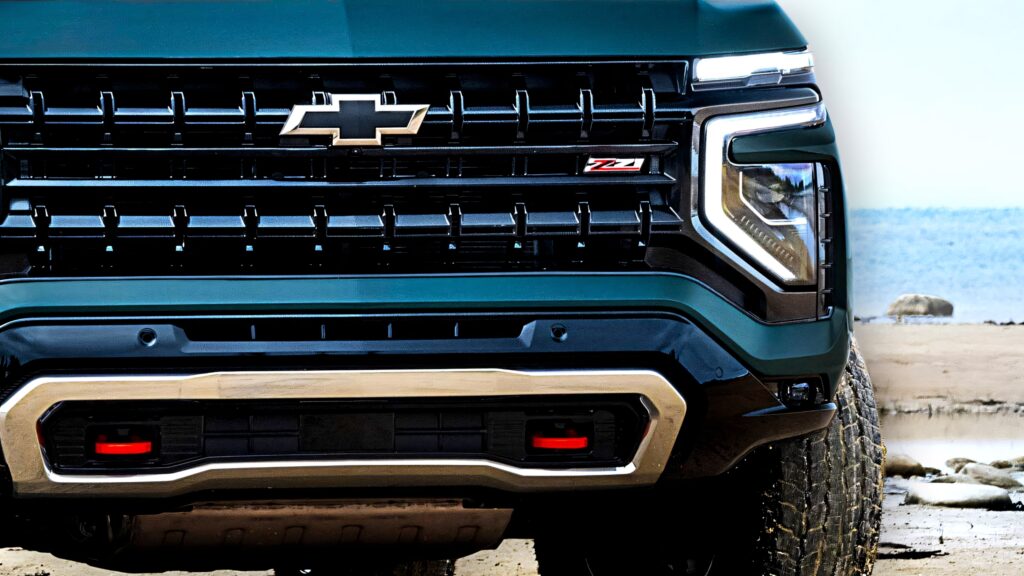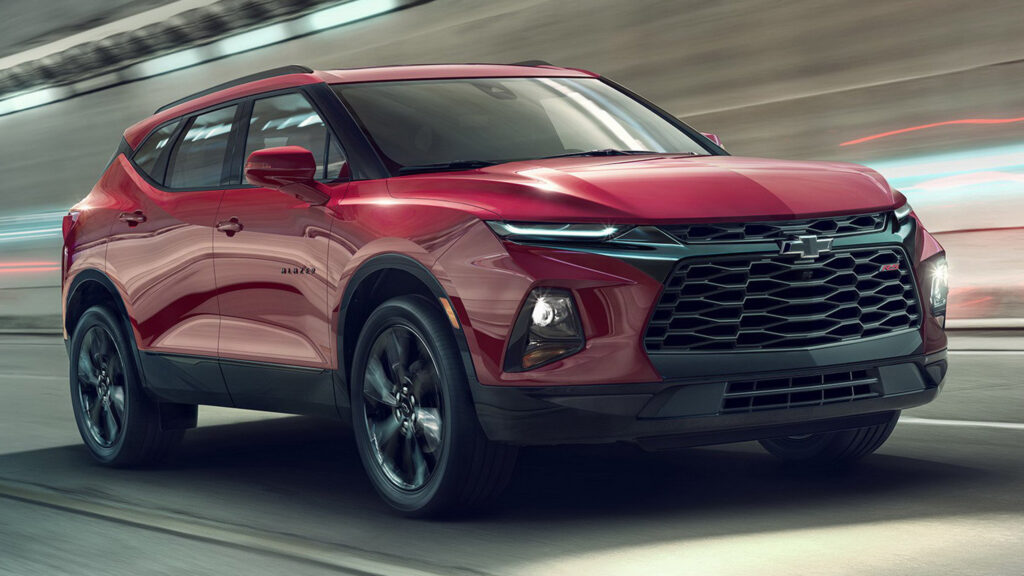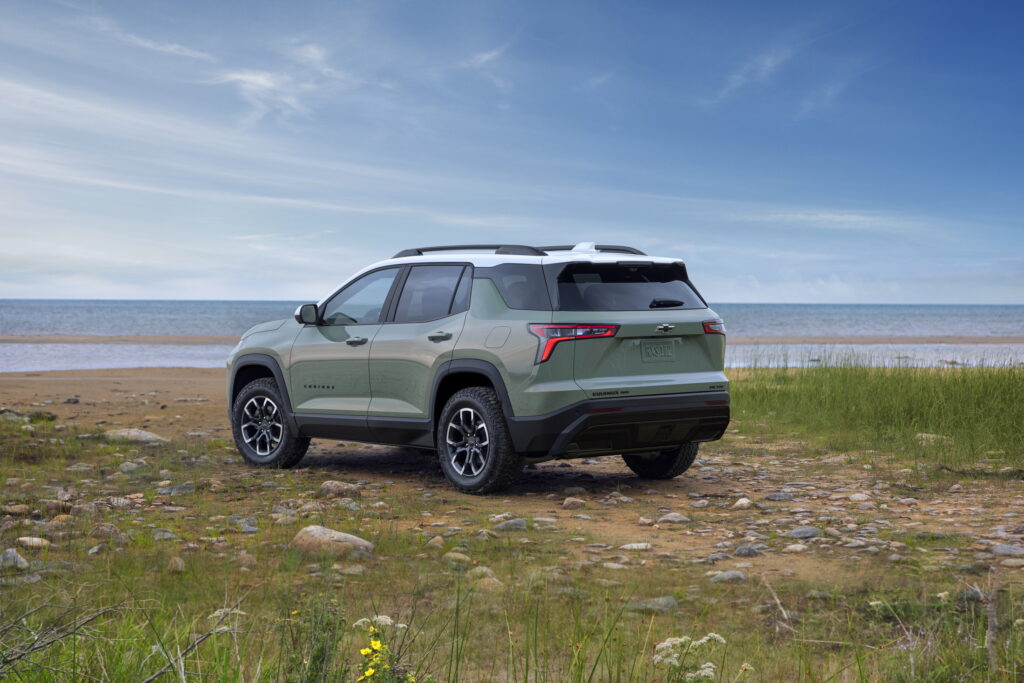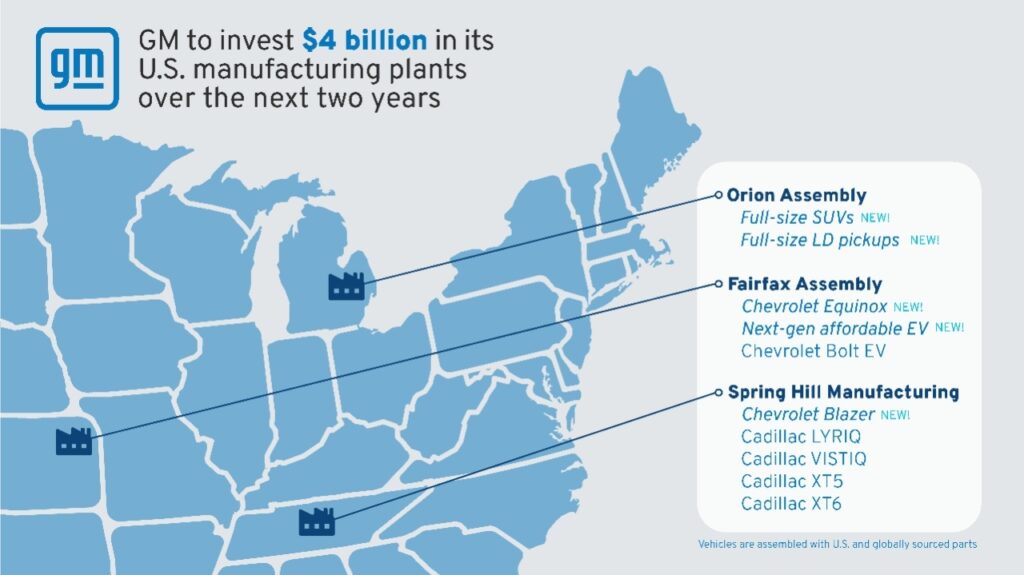GM Shifts Toward Gas Power

General Motors has been making waves recently with a decision that takes the company back to its roots in gasoline-powered vehicles. After a lukewarm reception to their electric pickups, GM has decided to rethink its approach at the Orion Assembly plant in Michigan. Initially set to become a powerhouse for EV production, plans for an electric truck assembly now find themselves shelved. Instead, Orion will soon pivot to producing gas-powered SUVs and pickups in early 2027. The models rolling off the line might include future updates for popular names like the Chevrolet Silverado, Tahoe, Suburban, and GMC counterparts such as the Sierra and Yukon.
Electric Setbacks

GM’s investment in electric trucks didn’t quite hit the mark. The Chevrolet Silverado EV and GMC Sierra EV didn’t resonate with consumers as expected, with only 2,383 Silverado EVs and 1,249 Sierra EVs sold in the first quarter. This led GM to reconsider its earlier plan to convert Orion Assembly into a hub for electric trucks by 2024. Instead, the deadline moved to late 2025 to better sync planned investments with actual EV demand. The electric versions of the Silverado and Sierra will continue to be produced at the Factory Zero in Hamtramck, where they roll off the line alongside the GMC Hummer EV and Cadillac Escalade IQ.
Keeping Gas Alive

Despite ongoing investments in electric technologies, it’s clear that GM sees value in continuing to offer gasoline-powered options. The Chevrolet Blazer, once rumored to be on its last legs, will live on. Its production will kick off in 2027 at the Spring Hill Manufacturing Plant, which is known for assembling electric Cadillacs as well as the outdated XT5 and XT6 models. This shift helps keep the Blazer in the lineup for those preferring traditional engines.
US Production Focus

GM’s decision is more than just about manufacturing logistics; it’s a nod to domestic production initiatives. By supporting American jobs, GM intends to meet customers’ preferences across a spectrum of choices, ensuring gas-powered models like the Chevrolet Equinox find their way made in the USA, rather than outsourced to Mexico. Recent moves will see the Equinox mix on domestic assembly lines by mid-2027, emphasizing a blend of imported and locally built inventory designed to meet market demands.
CEO Mary Barra has articulated the importance of offering consumers a broad range of choices, with a commitment to maintaining manufacturing within the U.S. This vision supports a portfolio that bets safely on continued demand for traditional powertrains amid evolving market dynamics.
Driving Experience
Gas-powered vehicles anchor themselves in familiarity, which makes them feel at home on the road. Driving a traditional GM SUV like the Suburban or Tahoe offers a certain commanding presence with robust engine options and time-tested handling. When stacked against electric counterparts, gasoline models often boast superior instant power delivery without stressing range limitations or the long charging times seen in EVs. This reliability makes them attractive to drivers who prioritize ease of use and range over the environmental edge electrics provide.
Looking at GM’s strategic shift, it’s not just about holding on to old technology but supporting consumer choice in how they drive. With a $4 billion investment akin to their original EV plans, GM appears to ask itself how best to prepare for future shifts without burning bridges with today’s audience.
Electric Adventure Rides
VW's Affordable EV
Tesla's Big Robotaxi Move
SUVs Hit Battery Snag
Car Carrier Ablaze